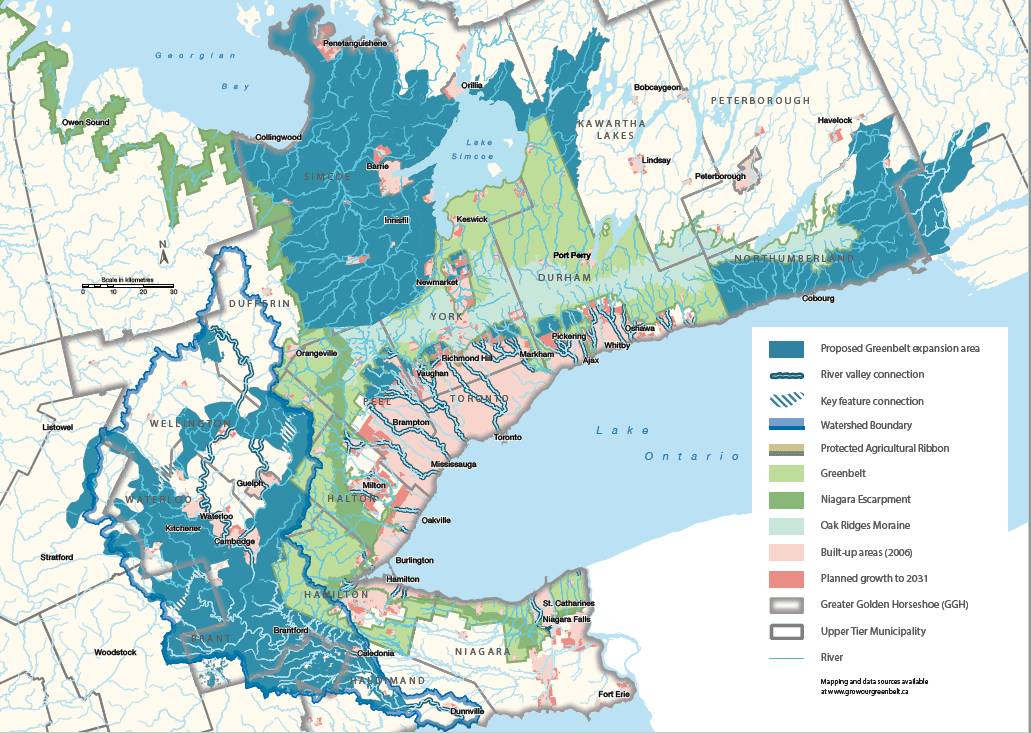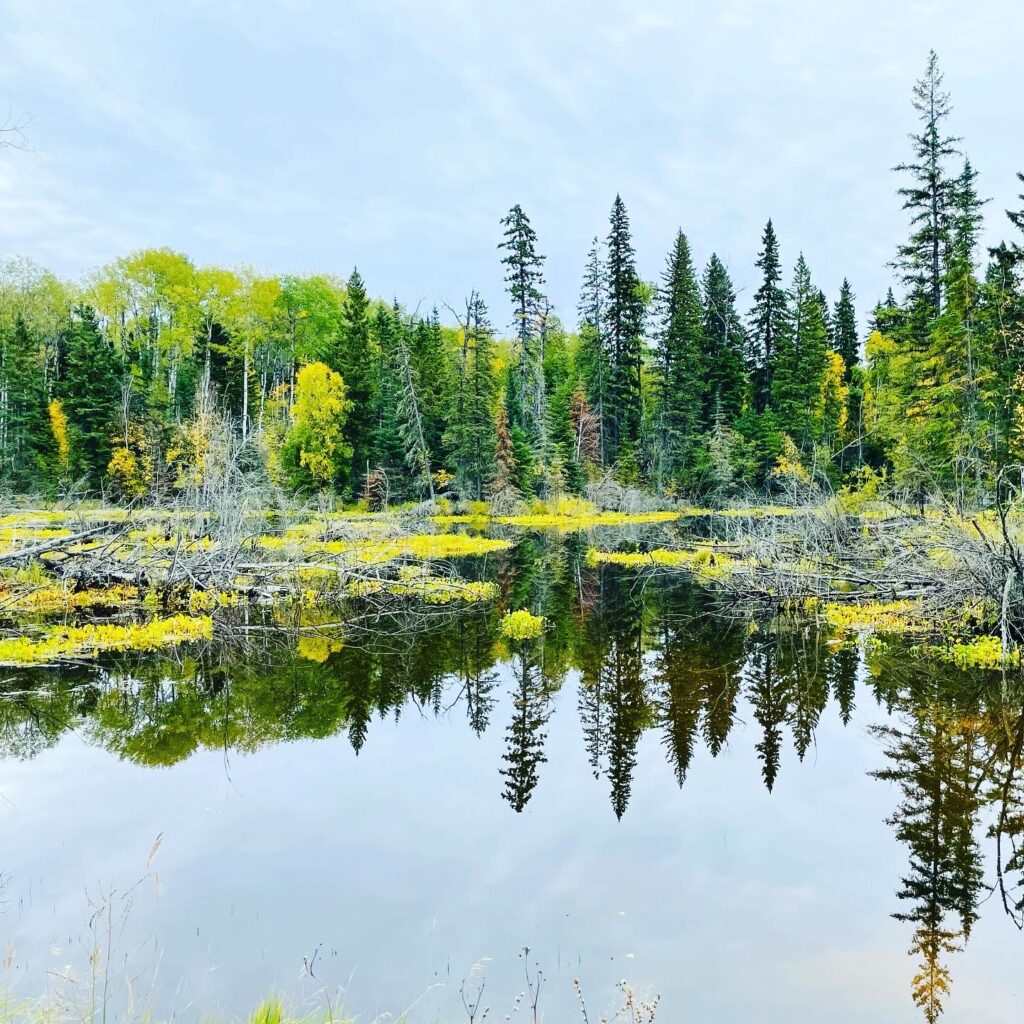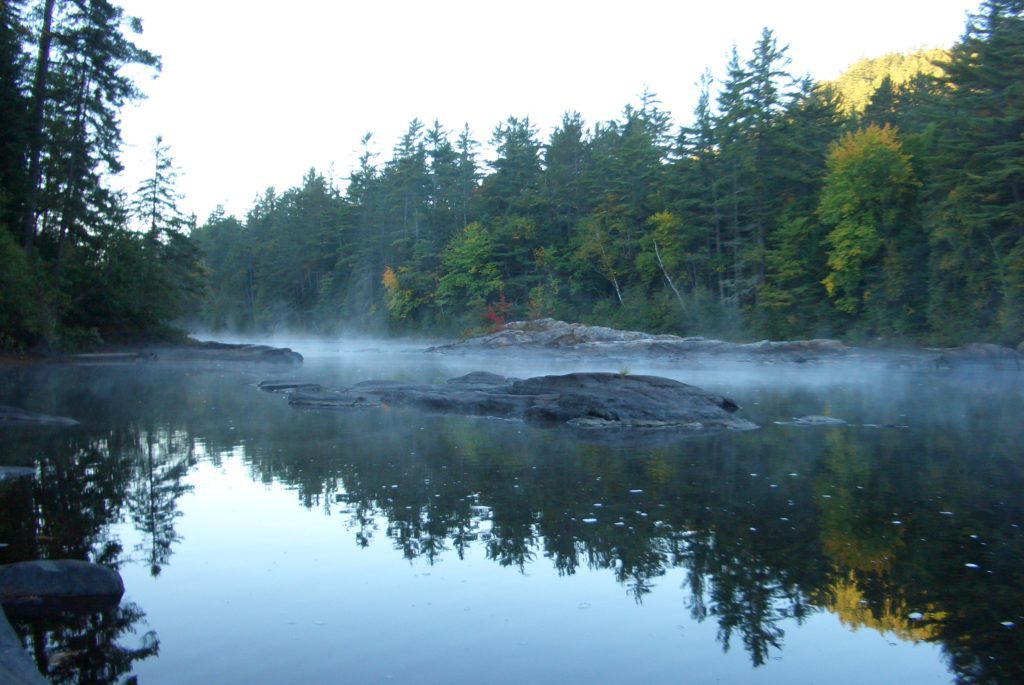Rapid urbanization, rising populations, and development pressures within the Greater Golden Horseshoe are threatening the integrity of our waters.
Hills of sand and gravel left behind after the last ice age act as ‘rainbarrels’ that filter, store and recharge underground water vaults called aquifers that feed our rivers and streams. Lakes and wetlands are also home to numerous at risk species of fish and wildlife.
The ecosystem services that our waters provide are invaluable. But these vulnerable water systems are at risk. Urban sprawl and climate change impacts threaten our water resources.
In the past urban sprawl has been made possible by piping water to towns and villages. But diverting water is tremendously expensive. Not only is the cost bourne by taxpayers, but big pipe systems pave over valuable farmland and headwaters and create hard surfaces that contribute to flooding downstream in the watershed. In the long run, the most cost-effective solution is to take care of our existing waters.
In 2015 over 100 community groups proposed growing the greenbelt to protect adjoining regions of critical hydrological significance. These include key headwater areas, significant groundwater and surface water bodies, and urban river valleys.

Regions such as Waterloo, Guelph-Wellington, and Simcoe County, which rely heavily on groundwater for their drinking needs, are currently outside of Greenbelt protection. This needs to change.
The Grand River watershed is largely unprotected but cleans and filters the drinking water of approximately 925,000 residents across Guelph, Wellington, Kitchener, Cambridge, Waterloo and Brantford. With an estimated 500,000 people moving to the region by 2041, it is clear why the Grand River and its groundwater needs protection.
Simcoe County is similar. Although it is blessed with an abundance of freshwater, it is also one of the fastest growing regions in the Greater Golden Horseshoe. Recent proposals to develop large tracts of farm land in Midhurst, Oro-Medonte and Minesing put additional and permanent pressure on the region’s water supplies.
We can no longer ignore the vulnerability of these water sources.
Climate change is predicted to hit close to home with more intense and extreme weather events such as flooding and droughts. Ensuring that our waters are climate resilient should be a top priority.
Better protection of our water supplies is needed to ensure a sustainable region. Sign up for our newsletter to learn more about how you can help us protect water and create livable communities in Ontario.









